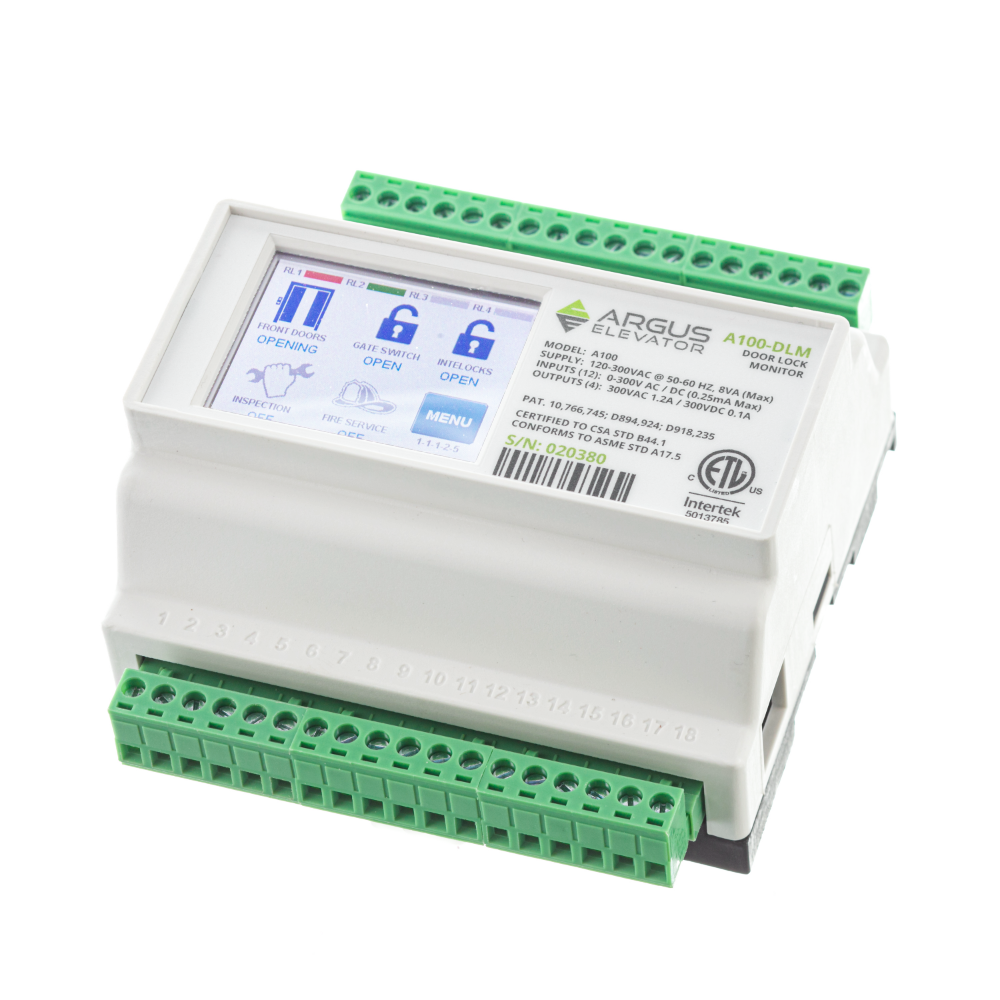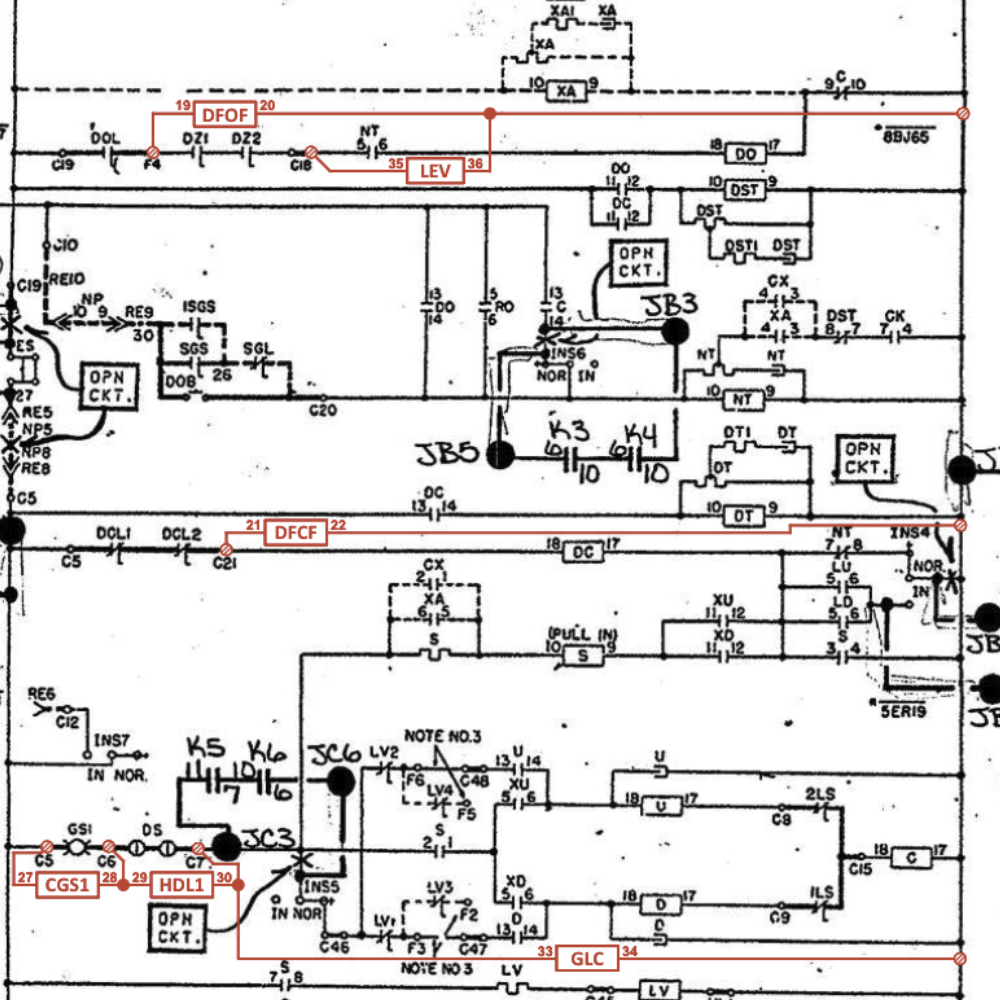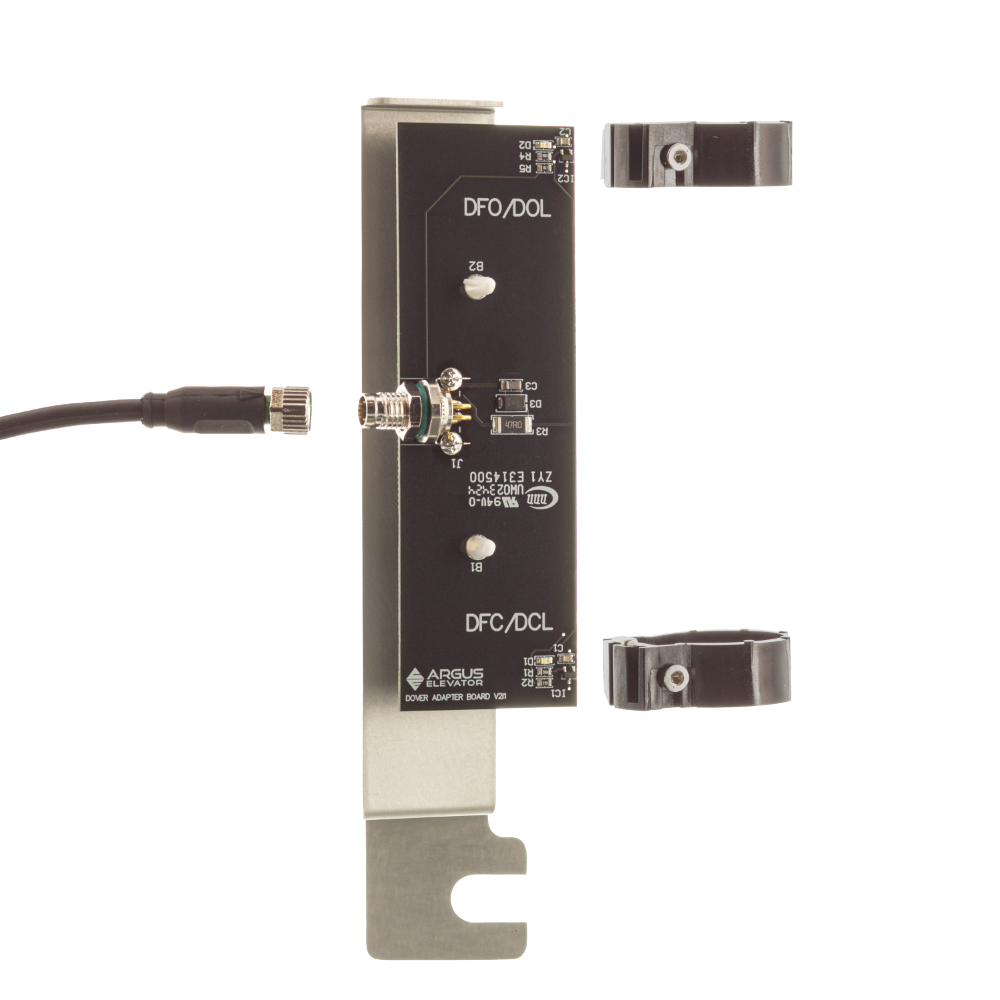What are the Two Main Requirements of Door Lock Monitoring?
What are the Two Main Requirements of Door Lock Monitoring?
In our last post, we explored the origin of the term “Door Lock Monitoring.” Today, we’ll dive into the two main requirements for door lock monitoring as outlined in the code. Let’s take a closer look:
From ASME A17.3 Section 3.10.12:
“Means shall be provided to monitor the position of power operated car doors that are mechanically coupled with the landing doors while the car is in the landing zone, in order
(a) to prevent automatic operation of the car if the car door is not closed [see 3.4.2(c)], regardless of whether the portion of the circuits incorporating the car door contact or the interlock contact of the landing door coupled with the car door, or both, are closed or open, except as permitted in 3.10.7
(b) to prevent the power closing of the doors during automatic operation if the car door is fully open and any of the following conditions exist: […]”
From this section of code, we get the two main requirements:
𝗥𝗲𝗾𝘂𝗶𝗿𝗲𝗺𝗲𝗻𝘁 #𝟭: 𝗖𝗮𝗿 𝗠𝗼𝘁𝗶𝗼𝗻 𝗥𝗲𝘀𝘁𝗿𝗶𝗰𝘁𝗶𝗼𝗻
This requirement comes from section (a) to “prevent the automatic operation of the car if the car door is not closed”. In other words, the elevator must not leave the floor if the car doors are not physically closed, regardless of the status of the door locks and the gate switches. This implies that something additional must be monitored to get the door closed information. This is usually accomplished by monitoring the door closed limit.
𝗥𝗲𝗾𝘂𝗶𝗿𝗲𝗺𝗲𝗻𝘁 #𝟮: 𝗗𝗼𝗼𝗿 𝗖𝗹𝗼𝘀𝗶𝗻𝗴 𝗥𝗲𝘀𝘁𝗿𝗶𝗰𝘁𝗶𝗼𝗻
We touched on this requirement in our last post when looking at where the name “Door Lock Monitoring” came from. Requirement #2 also comes from section (b) of the code, “to prevent the power closing of the doors during automatic operation if the car door is fully open and any of the following conditions exist.” Summarizing the conditions it describes, the elevator must stay with the door fully open indefinitely if while the car doors are fully opened the gate switch (car door contact) or the door lock circuity, or both, are shorted or bypassed.
In total, this gives us two requirements, a Car Motion Restriction and a Door Closing Restriction. Combined, they make up Door Lock Monitoring.




